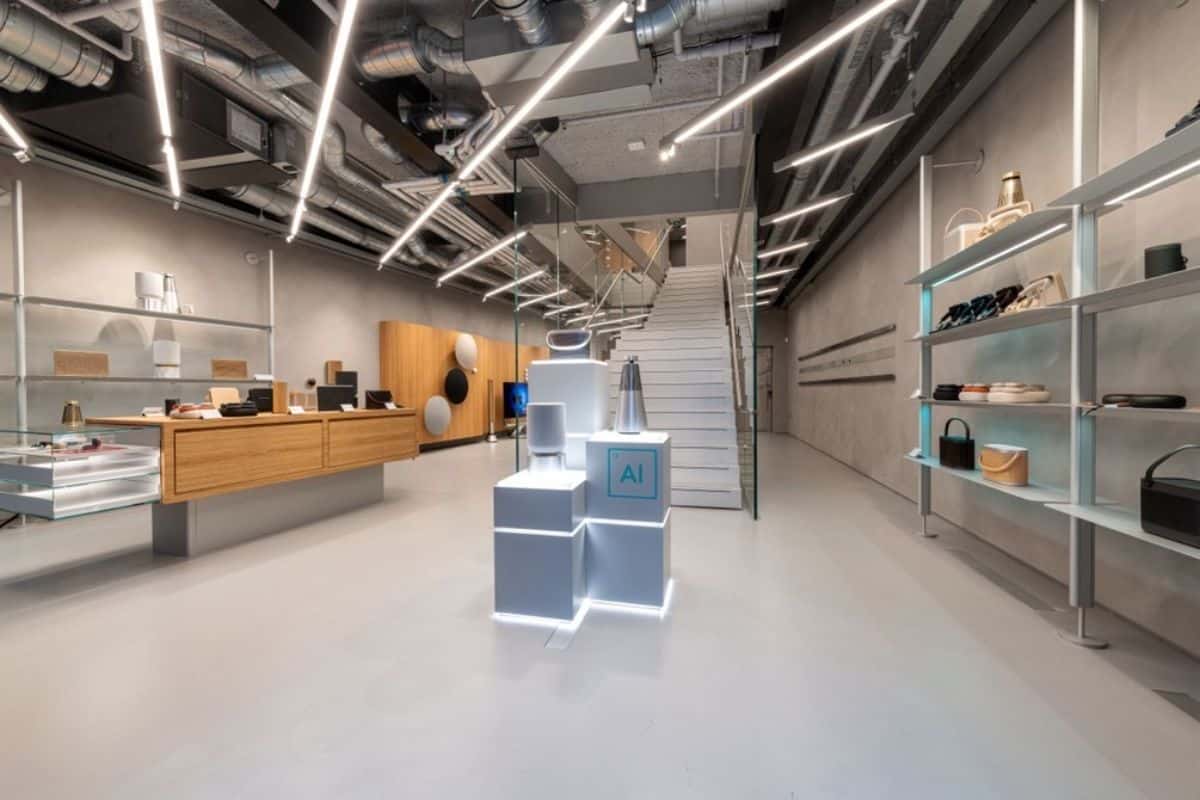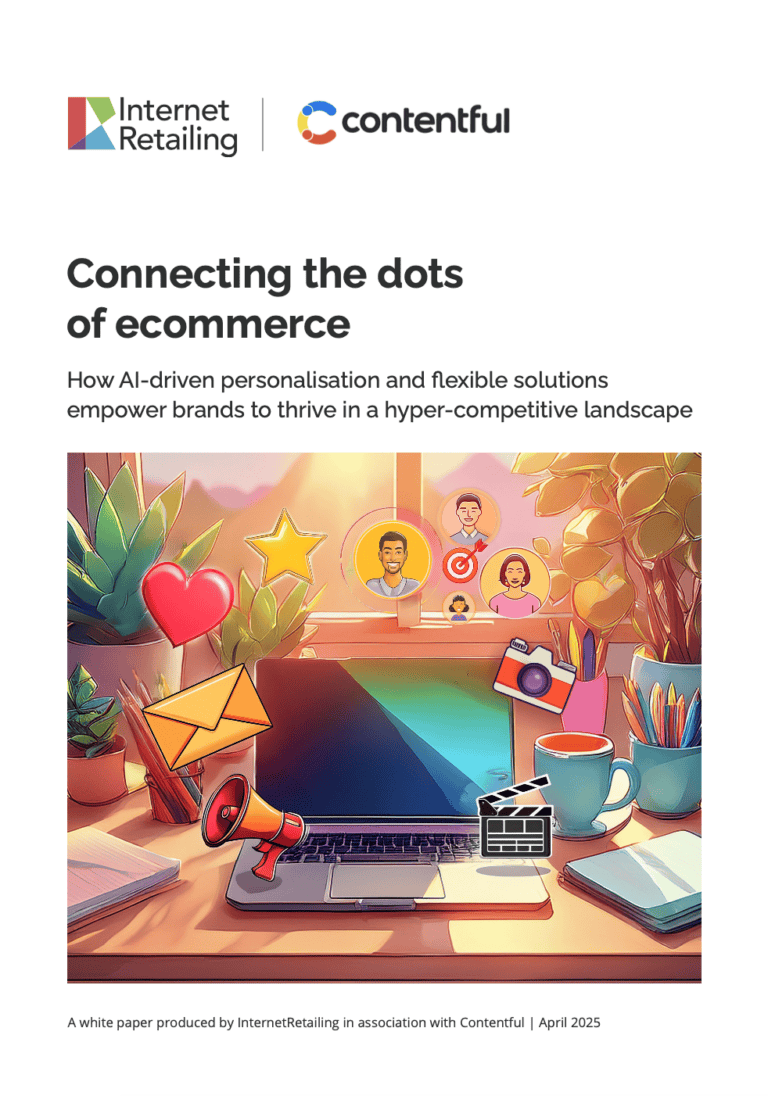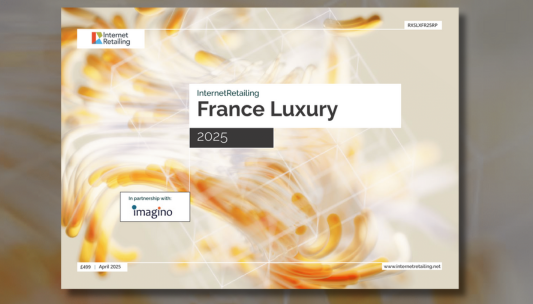Augmented reality – where you use your smartphone camera, built in GPS and the web to overlay detailed information on ‘reality’ – is set to become a proper m-commerce tool, as US company Metaio adds a range of visual search functions to its augmented reality browser. Now, consumers can point their camera phone at shops or goods and use visual search to pull up a wealth of information about that product that is then displayed around it as augmented reality.
Not only may the user obtain information on nearby points of interest, such as shops, restaurants or train stations, but the camera’s eye is now able to identify objects and “glue” object specific real-time, dynamic, social and 3D information onto the object image in the camera. This unique feature is now being extended through collaboration with kooaba and its visual object search capability, providing access to kooab’s extensive object databases. Initially available on Android, an iPhone release will follow soon.
Using the proven metaio technology of image recognition and object tracking, junaio is able to identify an object through the phone`s camera, access relevant information through visual search and then virtually “glue” information displays onto it, rendered in a way only metaio’s augmented reality engine can achieve. By moving the object or camera the user is able to interact with the “glued” augmented reality layer in order to navigate through information, rotate 3D displays, issue game commands, provide feedback and so on.
Peter Meier, metaio`s CTO, comments: “We are taking AR to a new level. The combination of Visual Search and Object Tracking is an amazing and highly intuitive way of interacting with objects and information.”
“The combination of server side and client based image processing is the next step towards an ever present and highly accurate information overlay on physical objects in our real world,” he continues. “The future prospects of this augmented vision are tremendous. Useful and entertaining information may be called up based on places or objects around you. Multimedia experiences can be triggered by images, signs, posters, magazines or newspaper pages, packaging or any other object nearby. Ratings, tips, affiliates and other e-commerce functions can be displayed on real products. Advertisers may “augment” their print ads with games or added displays. Museums may offer a guided tour of their art treasures through augmented reality. The possibilities are endless.”
As a first example, users will be able to take any CD cover and access the related online information simply by pointing their smartphone at the CD. This service is available on junaio within the kooaba channel. It allows the CD`s specific information to be found through kooaba`s advanced visual search capabilities and its extensive CD database. The user will then be able to see band related merchandise on ebay, affiliates or customer ratings, the nearby events of the artist and a 3D animation related to the content category. junaio then “glues” this information directly onto the camera image of the CD, allowing the user to interact and navigate through these displays simply by rotating the CD.
Dr Till Quack, kooaba`s CTO, says: “CDs are only the beginning. Our database is constantly growing. The visual search and live-rendering will be accessible for more and more services and products.”









